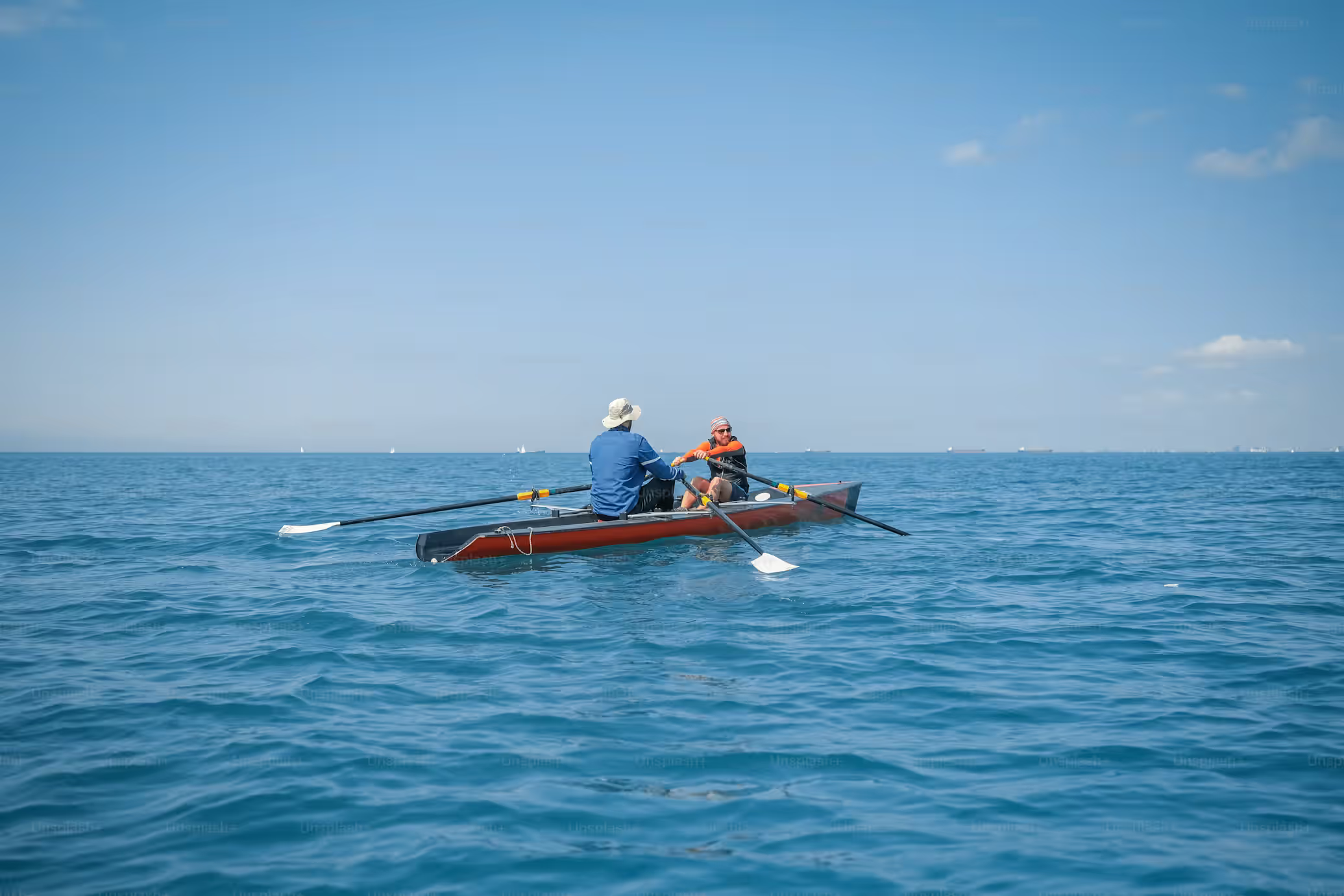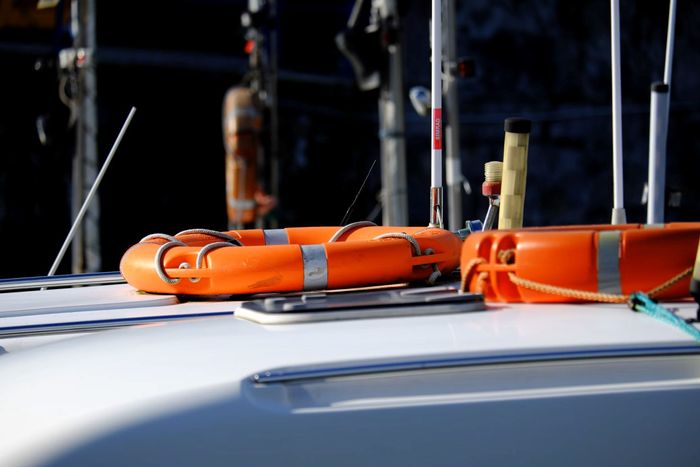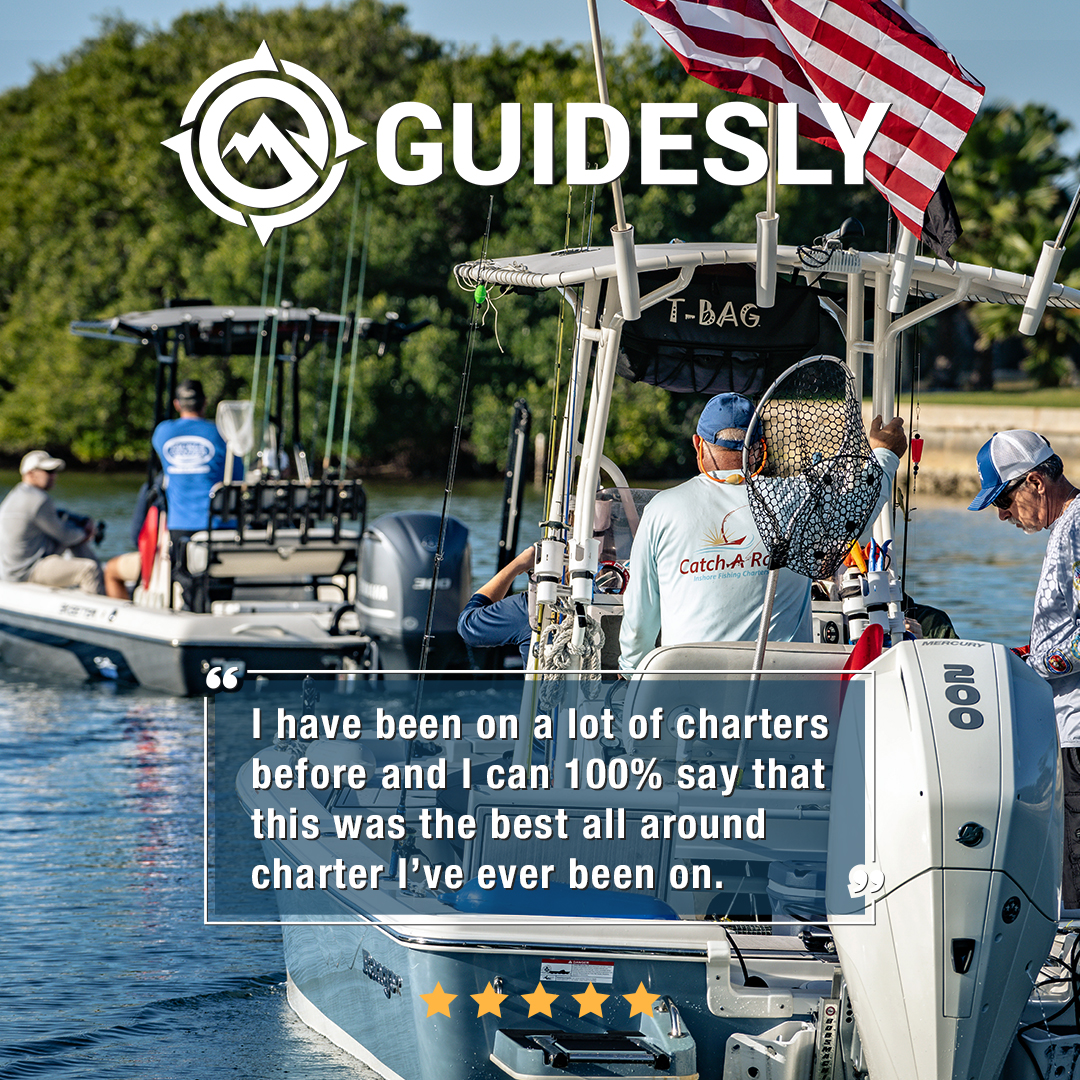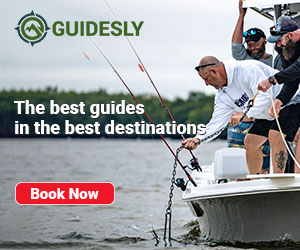Boating Safety: Weather Tips & Essential Gear Guide
Stay safe on the water with essential boating safety tips. Learn how to navigate weather changes, use life jackets, and prepare for emergencies.

Boating is a popular pastime for many. It offers a unique blend of relaxation, adventure, and connection with nature.
However, it's not without its risks. Weather conditions can change rapidly, turning a pleasant outing into a dangerous situation.
Understanding weather patterns is crucial for safe boating. It helps you prepare for potential changes and make informed decisions on the water.

This guide provides essential boating safety tips. It focuses on how to navigate different weather conditions, from calm to stormy seas.
We'll cover everything from the importance of life jackets to the role of technology in weather forecasting. We'll also delve into emergency procedures for bad weather.
Whether you're a seasoned sailor or a novice boater, these tips will help ensure your safety on the water. Let's set sail on this journey of learning and discovery.
Understanding Weather Patterns for Safe Boating
Weather is a critical factor in boating safety. A clear understanding of weather patterns can prevent accidents.
Before setting sail, always check the weather forecast. It provides essential information on potential hazards like storms or high winds.
While on the water, remain alert to changing weather conditions. Clouds, temperature shifts, and wind direction can indicate approaching weather changes.

Learning to interpret these signs enhances your ability to make quick, informed decisions. This knowledge is invaluable, contributing greatly to your boating safety.
Essential Safety Equipment for Different Weather Conditions
Having the right safety equipment is crucial for boating. It ensures preparedness for unexpected weather changes.
Your boat should be equipped with essential safety items. This gear helps manage different weather conditions and emergencies effectively.

Here's a list of vital safety equipment for safe boating:
Life jackets for every passenger
A reliable VHF radio
Fire extinguishers
Flares and distress signals
Each item serves a unique purpose during adverse conditions. Properly maintaining this equipment can make a significant difference in ensuring boat safety.
The Importance of Life Jackets and Creating a Float Plan
Life jackets are non-negotiable when on a boat. They are a simple yet essential component of water safety.
Wearing life jackets can save lives in unexpected emergencies. Ensure each person on board wears one properly fitted for their size.
Creating a float plan is equally important. This involves detailing your boat journey and sharing it with a trusted person.
A comprehensive float plan should include:
Departure and return times
Intended route and destinations
Names and contact information of all passengers
Description of the boat, including registration number and safety equipment on board
These details assist rescue teams if needed. Always update the plan with any route changes to maintain safety.
Navigating Through Fog, Wind, and Waves
Fog presents a serious hazard for boaters. Reduced visibility increases the risk of collisions.
It is crucial to use sound signals and proceed slowly. A lookout is also recommended to spot obstacles early.
Strong winds and high waves can be challenging. Both stability and control are compromised during such conditions.
Secure all loose items and adjust your speed. Facing waves head-on prevents tipping and improves safety.
Be mindful of the boat's handling limits. Understanding how your vessel reacts in tough weather is vital.
If unsure, seek shelter and wait for better conditions. Ensuring safe navigation in adverse weather helps prevent accidents.
Winter Boating: Cold Weather and Hypothermia Prevention
Winter boating comes with unique challenges. Cold temperatures can impact both the vessel and the crew.
Dress in layers to retain body heat. Waterproof and insulated gear is essential for protection.
Hypothermia is a major risk in cold weather. Wet clothing can quickly lead to dangerous drops in body temperature.
Always keep dry clothes on hand. Changing into dry gear can prevent this serious condition.
Plan shorter trips in winter months. Extreme conditions can change rapidly, impacting safety.
Check the weather before setting out. Accurate weather forecasts help you prepare for winter water conditions.
Stormy Seas: Handling Rain, Lightning, and Storm Conditions
Storms can be unpredictable, making them formidable foes for boaters. Immediate preparation is crucial when rain clouds gather.
Visibility often diminishes during storms. Slow down and use navigation lights to remain visible to others.
Lightning is a deadly hazard on open water. Stay low in the boat and avoid metal surfaces.
Secure all loose items before a storm hits. Turbulent conditions can turn unsecured objects into hazards.
Check your radio and communication devices regularly. Staying informed of weather updates can change your course for safety.
Always have a plan for seeking shelter. Nearby marinas or natural harbors can offer vital refuge during severe weather.
Emergency Procedures and Distress Signals in Bad Weather
Bad weather demands quick thinking and confidence in emergencies. Prepare by knowing the right procedures.
Identifying distress is vital. You need to act swiftly when you or another vessel is in trouble.
Equip your boat with proper signaling devices. These include flares, air horns, and VHF radios.
Here's a list of essential distress signals and tools:
Flares: Use them to attract attention during emergencies.
VHF Radio: Contact nearby vessels and the Coast Guard.
Air Horns: Audible alerts for nearby boats.
Signal Mirrors: Reflect sunlight to grab visual attention.
Practice using these devices often. Familiarity ensures speed in a crisis.
Always inform your passengers about emergency plans. Everyone onboard should know their roles and locations of safety equipment.
Regular Maintenance and Safe Anchoring Techniques
Regular maintenance prevents problems on the water. It keeps your boat in top shape.
Check your vessel before and after each outing. Look for wear and tear that might worsen.
Inspect your engine, ropes, and safety gear regularly. This helps you catch issues early.
Proper anchoring is crucial in changing weather conditions. Knowing how to anchor prevents drift.
Choose the right anchor for your boat type. The sea floor and weather affect anchoring effectiveness.
Ensure your anchor line is long enough. Generally, it's five to seven times the water depth.
Practice your anchoring technique often. Familiarity with your system ensures reliability when needed.
Leveraging Technology for Weather Updates and Navigation
Boaters today have many tools available for safety. Technology offers real-time weather updates.
Use apps to get forecasts tailored to your location. This helps in planning safe journeys.
GPS devices enhance navigation. They provide accurate positioning and route suggestions.
Weather radios are vital on the water. They alert to sudden weather changes.
Some tools integrate several features. They offer maps, weather, and communication in one device.
Keep your devices charged and functional. Backup power sources ensure continuous use.
Familiarize yourself with these technologies. Understanding them boosts confidence and safety during boating.
Final Thoughts: Continuous Learning and Boating Safety Courses
Boating safety is an ongoing learning process. Regularly updating your skills is key.
Consider enrolling in boating safety courses. They offer valuable insights and knowledge. Stay informed and prioritize safety on every trip.




